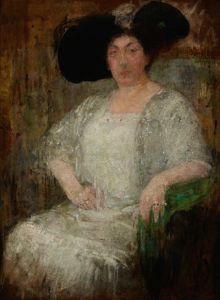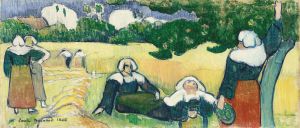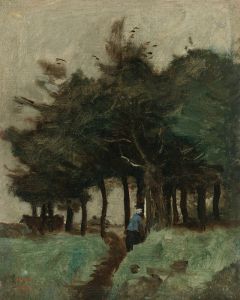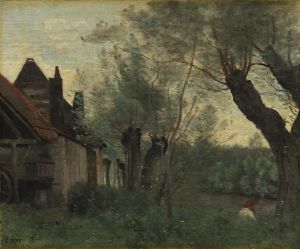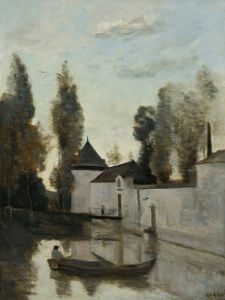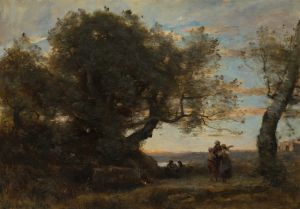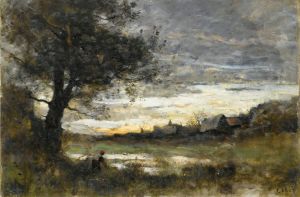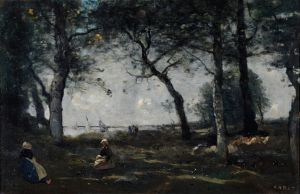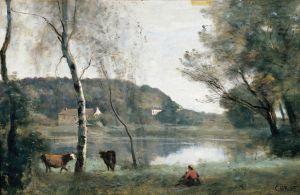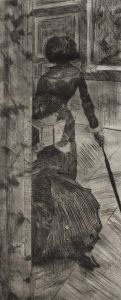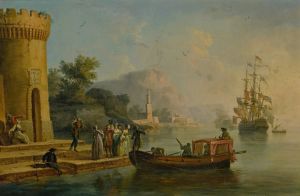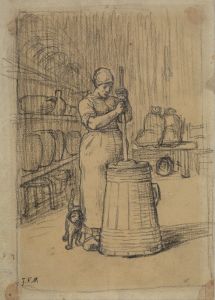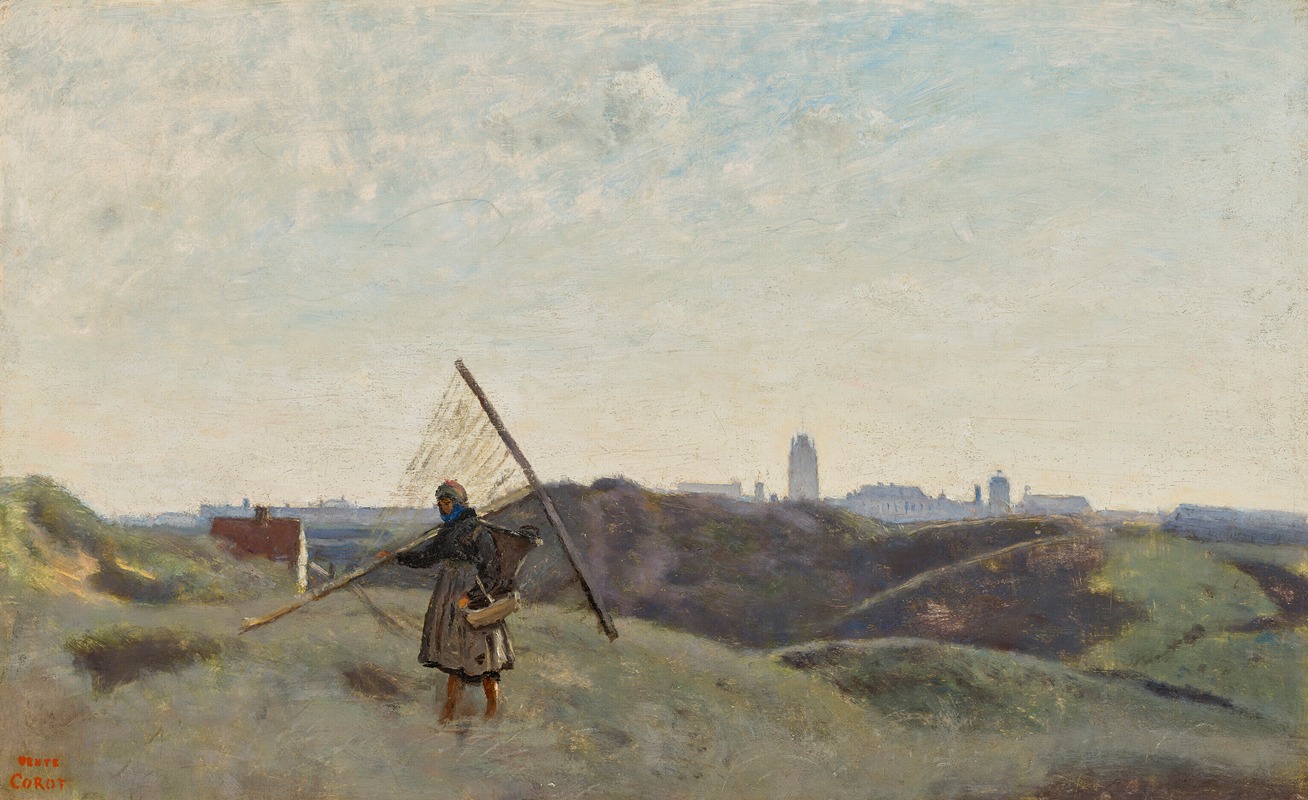
Dunkerque, Une pêcheuse de crevettes
A hand-painted replica of Jean-Baptiste-Camille Corot’s masterpiece Dunkerque, Une pêcheuse de crevettes, meticulously crafted by professional artists to capture the true essence of the original. Each piece is created with museum-quality canvas and rare mineral pigments, carefully painted by experienced artists with delicate brushstrokes and rich, layered colors to perfectly recreate the texture of the original artwork. Unlike machine-printed reproductions, this hand-painted version brings the painting to life, infused with the artist’s emotions and skill in every stroke. Whether for personal collection or home decoration, it instantly elevates the artistic atmosphere of any space.
Jean-Baptiste-Camille Corot, a prominent French landscape and portrait painter, is renowned for his contributions to the Barbizon School and his influence on the Impressionist movement. One of his notable works is "Dunkerque, Une pêcheuse de crevettes" (Dunkirk, A Shrimp Fisherwoman), which exemplifies his skill in capturing the essence of rural life and the natural environment.
Corot was born in Paris in 1796 and began his artistic career in the early 19th century. He was known for his plein air painting technique, which involved painting outdoors to capture the natural light and atmosphere of a scene. This approach was relatively innovative at the time and laid the groundwork for later developments in Impressionism.
"Dunkerque, Une pêcheuse de crevettes" is a painting that reflects Corot's interest in depicting everyday life and the working class. The painting portrays a shrimp fisherwoman in Dunkirk, a coastal city in northern France. Dunkirk, known for its maritime activities, provides a fitting backdrop for Corot's exploration of the relationship between humans and their environment.
In this work, Corot employs a muted color palette, a characteristic feature of his style, which helps convey the serene and contemplative mood of the scene. The fisherwoman is depicted with a sense of dignity and grace, emphasizing Corot's respect for his subjects, regardless of their social standing. The composition is balanced, with the figure of the fisherwoman harmoniously integrated into the landscape, showcasing Corot's mastery of both portraiture and landscape painting.
Corot's technique in this painting involves delicate brushwork and subtle gradations of tone, which create a sense of depth and atmosphere. His attention to detail in the rendering of the fisherwoman's attire and the surrounding environment highlights his observational skills and his ability to capture the nuances of light and shadow.
Throughout his career, Corot was celebrated for his ability to blend realism with a poetic sensibility. "Dunkerque, Une pêcheuse de crevettes" is a testament to this unique combination, as it not only documents a specific moment in time but also evokes a timeless quality that resonates with viewers.
Corot's influence on subsequent generations of artists cannot be overstated. His approach to capturing the natural world and his emphasis on mood and atmosphere had a profound impact on the Impressionists, who admired his ability to convey the fleeting effects of light and weather. Artists such as Claude Monet and Camille Pissarro drew inspiration from Corot's work, incorporating his techniques into their own explorations of color and light.
"Dunkerque, Une pêcheuse de crevettes" remains an important piece within Corot's oeuvre, illustrating his commitment to portraying the beauty and simplicity of rural life. It serves as a reminder of his pivotal role in the transition from traditional landscape painting to the more modern approaches that would follow.
Today, Corot's works are held in high regard and can be found in major museums and collections worldwide. His legacy endures not only through his paintings but also through his influence on the trajectory of modern art. "Dunkerque, Une pêcheuse de crevettes" continues to be appreciated for its artistic merit and its reflection of Corot's enduring fascination with the interplay between humanity and nature.





